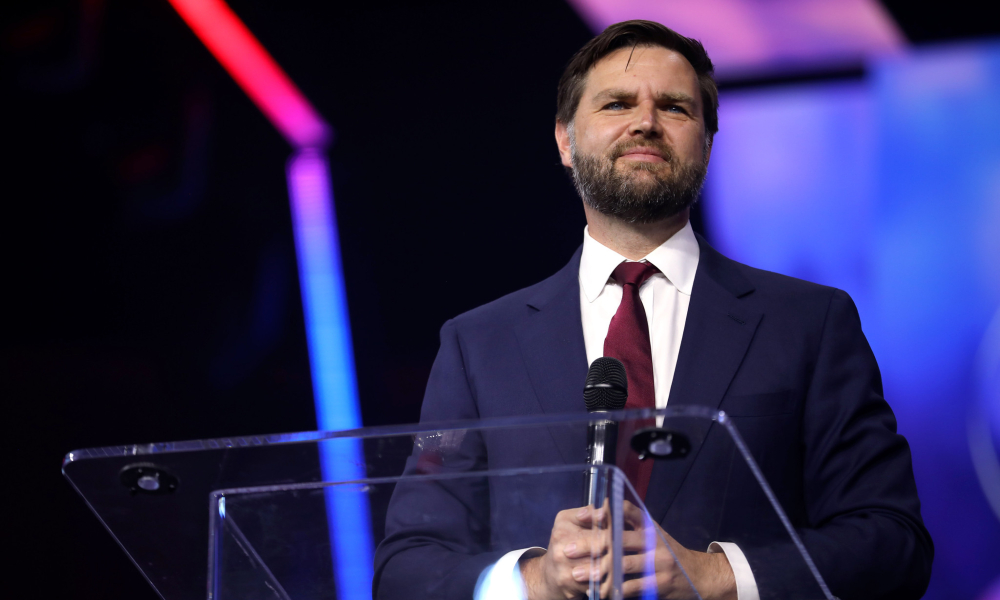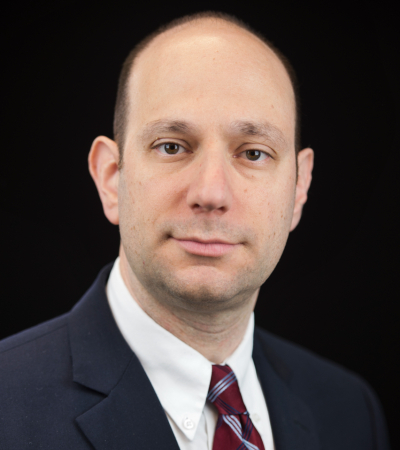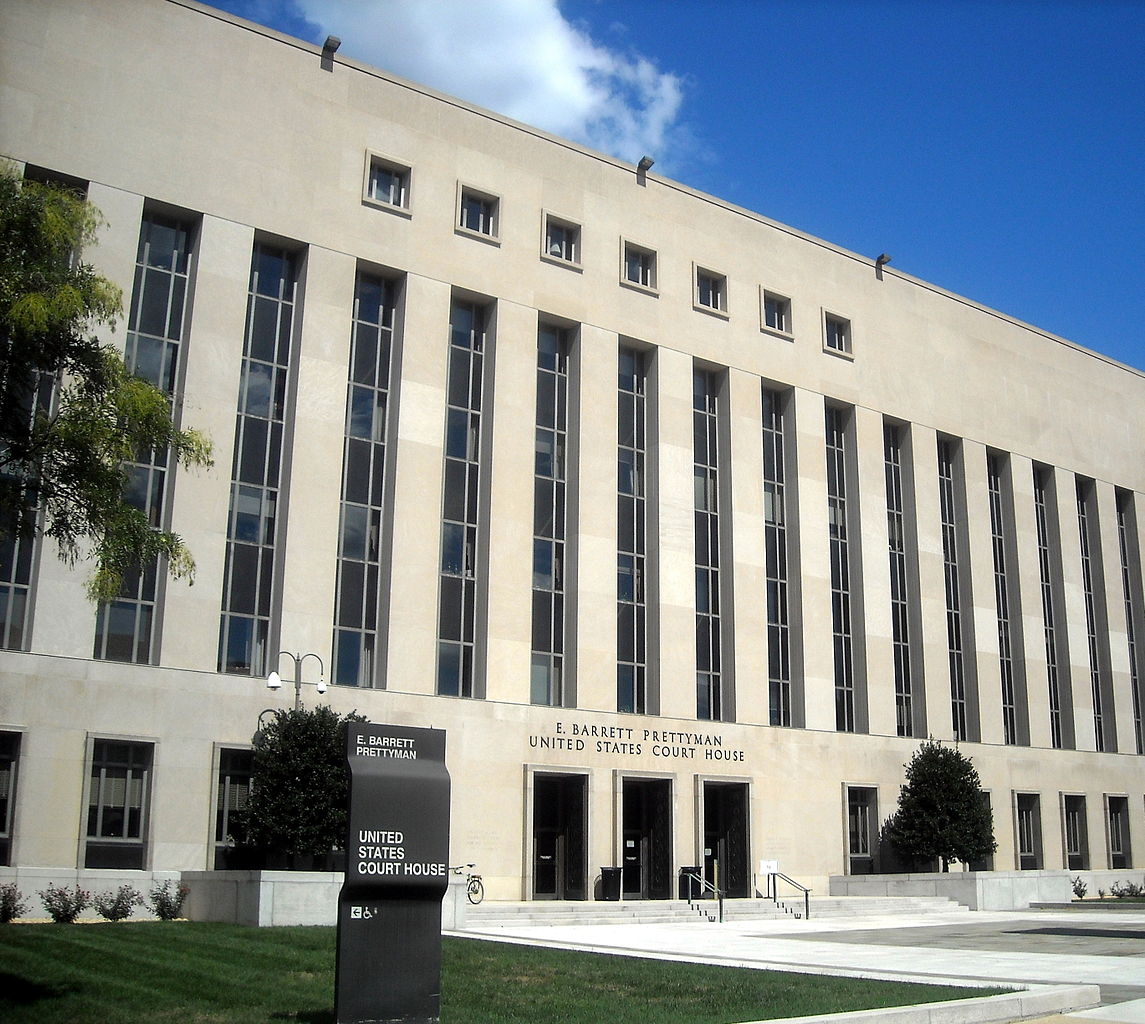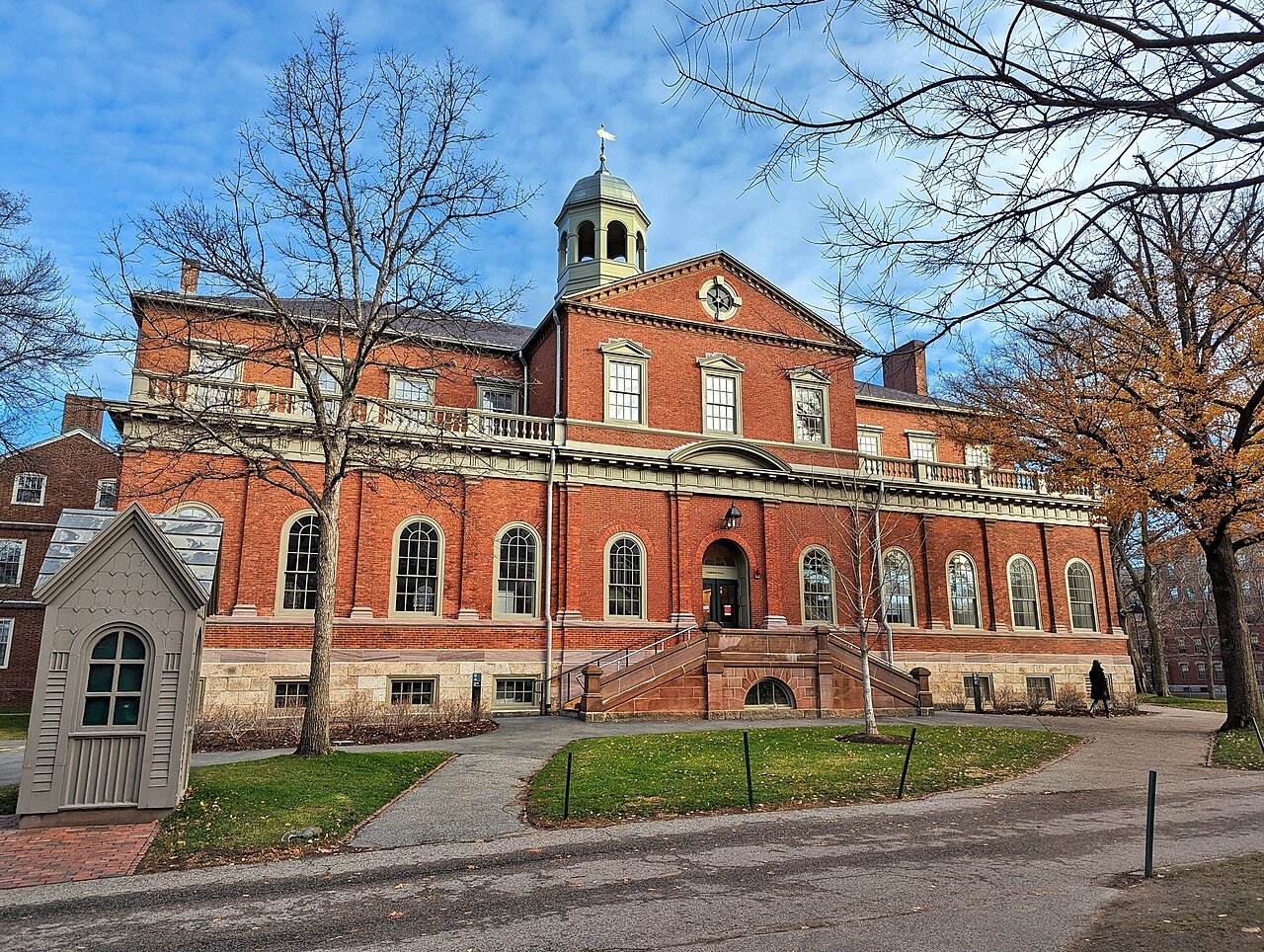J.D. Vance and the Model of the Modern Vice Presidency
Vance offers little experience and few connections to support Trump in a second term, but it doesn’t seem like Trump wants a vice president anyway.

Published by The Lawfare Institute
in Cooperation With

Editor’s Note: The role of the vice president varies by administration, but certain characteristics make them more influential. The University of Maryland’s Aaron Mannes details these characteristics and argues that, should Trump triumph, Vance is likely to play at best a limited role.
Daniel Byman
***
Even putting aside that Donald Trump urged a mob to kill his last vice president, J.D. Vance is in for a tough time should he take office as Trump’s vice president. At their best, vice presidents can help the president by serving as a unique super-staffer who can balance policy and politics while also serving as a high-level surrogate. Three elements are needed for the vice president to play this role: access to the president and the policy process, presidential need and desire for the vice president’s assistance, and a vice president’s own capacity to fill these roles. Vance, just like all recent vice presidents, will enjoy the first condition. Based on the experience of Vice President Mike Pence, however, Vance is unlikely to find Trump receptive to his input. Should Vance be able to gain Trump’s ear, his own political inexperience means he will have little useful advice to offer the president.
This model of vice presidential politics developed in the 1970s. President Carter worked with Vice President Walter Mondale to ensure that Mondale would be a full governing partner. To be an effective partner, Mondale requested a private weekly lunch with the president and that he and his staff receive full access to the meetings and memos that are the sinews of the White House policy process. Carter agreed readily and added that he wanted Mondale close by and assigned the vice president an office right down the hall from the Oval Office. Before these changes, vice presidents had limited access to the president, and their office in the Eisenhower Executive Office Building kept them isolated from the action in the fast-moving West Wing. Presidents since have continued to grant their vice presidents these perquisites, and even expanded them. Pence enjoyed this access under Trump, and Vance probably will as well.
This access is a necessary but not sufficient condition for an influential vice presidency. The most influential vice presidents have been Washington insiders who served D.C.-outsiders (primarily governors) who had little experience in the nation’s capital or with international affairs. As these outsider presidents encountered new issues and unfamiliar institutions, they turned to their insider vice presidents and their veteran D.C. staffers for help.
These vice presidents had major responsibilities in their administrations. Mondale, who started this trend, was a critical liaison to the Israelis and the American Jewish communities in Carter’s successful effort to broker peace between Israel and Egypt. A Senate veteran, Mondale advised Carter on congressional relations and helped shepherd the Panama Canal Treaty through the Senate. George H.W. Bush, a former director of central intelligence and UN ambassador, chaired the Reagan administration’s crisis management committee and led its Task Force on Countering Terrorism. Bush also had a special channel with Finland providing intelligence on the Soviet Union that urged the Americans to watch a rising figure in the Communist Party named Mikhail Gorbachev. Besides the Reinventing Government Initiative, Al Gore debated third-party candidate Ross Perot and helped seal the passage of NAFTA. Gore’s staffers orchestrated the financial sanctions that helped bring down Serbian president and war criminal Slobodan Milosevic, while Gore chaired binational commissions with Russia, South Africa, Egypt, Ukraine, and Kazakhstan. Dick Cheney’s expansive White House role was more controversial, and a small library of exposés accused him of secretly running the government. Viewed through an analytical lens, the former secretary of defense played a traditional vice presidential role, supporting the president in areas less familiar to a former governor of Texas such as advising the military operations and orchestrating the expansion of domestic intelligence collection after 9/11. Unlike most of his recent predecessors, Barack Obama came to the White House from the Senate. But with less than a full term in the Senate, Obama was hardly an insider and frequently turned to his D.C.-veteran vice president for help. As vice president, Joe Biden oversaw the American Recovery and Reinvestment Act, was the point person for the withdrawal from Iraq, and provided alternatives to the Pentagon’s plans in the Afghanistan review process. This combination of outsider-president and insider-vice president created the presidential need for vice presidential advice and aid, and these insider vice presidents were well equipped to advise their presidents.
The first Bush administration differed from this pattern on account of George H.W. Bush’s long experience in D.C. Dan Quayle’s influence was limited working for Bush, but he still found ways to put his experience to work. He was the only senior administration figure with Senate experience and was able to advise on congressional relations and tend to diplomatic issues that weren’t priorities for the president and secretary of state. Similarly, Vice President Harris has played a substantive, but comparatively modest role because Biden, with 36 years in the Senate and eight as vice president, is a D.C.-insider in his own right.
Eight years ago, I optimistically projected that Pence, an insider who had served six terms in Congress, would serve as an all-round adviser and backstop to Trump, the ultimate outsider, as he learned on the job. This did not occur. Pence conducted himself in the mode of his recent predecessors: publicly supporting the president, while offering advice in private. Pence had some modest successes and policy niches, but he and Trump never really clicked. When Pence’s efforts to lobby Congress to overturn Obamacare failed, Trump began to lose confidence in his vice president.
One area where Pence’s insider experience enabled a role was staffing the administration. Trump had no connections to the GOP party apparatus and Pence, who took control of the transition team from Chris Christie, was able to place allies throughout the administration. Pence’s health policy adviser in Indiana, Seema Verma, led the powerful Centers for Medicare and Medicaid Services. Former Indiana Sen. Daniel Coats became director of national intelligence. Pence’s long-time staffer Marc Short served for a time as the White House director of legislative affairs.
Pence’s work leading the White House Coronavirus Task Force illustrated his awkward position in the administration. Trump’s son-in-law, Jared Kushner, also had a working group, creating ambiguity about who was leading the administration response. According to White House Coronavirus Response Coordinator Deborah Birx, while Pence engaged seriously with public health experts, he also had to comply with Trump’s demands to downplay the severity of the crisis.
The challenges Pence faced as vice president will be magnified for Vance. Trump is extremely sensitive to criticism, and the poor public reception of Vance appears to have shaken Trump’s confidence in his running mate. Trump, now with four years of experience and preparing for a second term, will be more confident in his own judgment and less interested in taking advice from anyone. Trump, whose policies broke from conservative orthodoxy, found few experienced Republican officials to staff his administration but has now acquired a legion of minions that are eager to fan out across the government and implement Trumpism in a second term. Trump is now a Washington insider, leaving few policy vacuums for a vice president to fill.
Finally, Vance has limited resources to advise Trump. With only two years in the Senate, Vance brings little experience to the traditional vice presidential role of congressional liaison. Nor does Vance possess significant policy experience, knowledge of the bureaucracy, or deep connections to key constituencies. New to politics, Vance does not have a deep bench of aides and allied policy entrepreneurs to staff him or to place in the administration.
Given limited options to influence Trump, Vance may seek policy niches that do not receive Trump’s attention—as Quayle did by traveling extensively to Latin America and Asia (areas where President Bush, National Security Adviser Brent Scowcroft, and Secretary of State James Baker were less engaged). But under Trump, who could (generously) be described as mercurial, those projects could be undercut, yanked away, or just wither on the vine.
A sidelined, irrelevant Vance may not matter much. For most of U.S. history, the vice president was a non-entity and the nation was no worse off. That changed in 1945 when President Franklin D. Roosevelt died and left his vice president and successor, Harry Truman, in the dark about the atomic bomb and his plans for a postwar order. Given Trump’s advanced age (and two impeachments), the possibility of Vance suddenly becoming president cannot be discounted. With an array of global crises, the nation can ill-afford an unprepared president.





